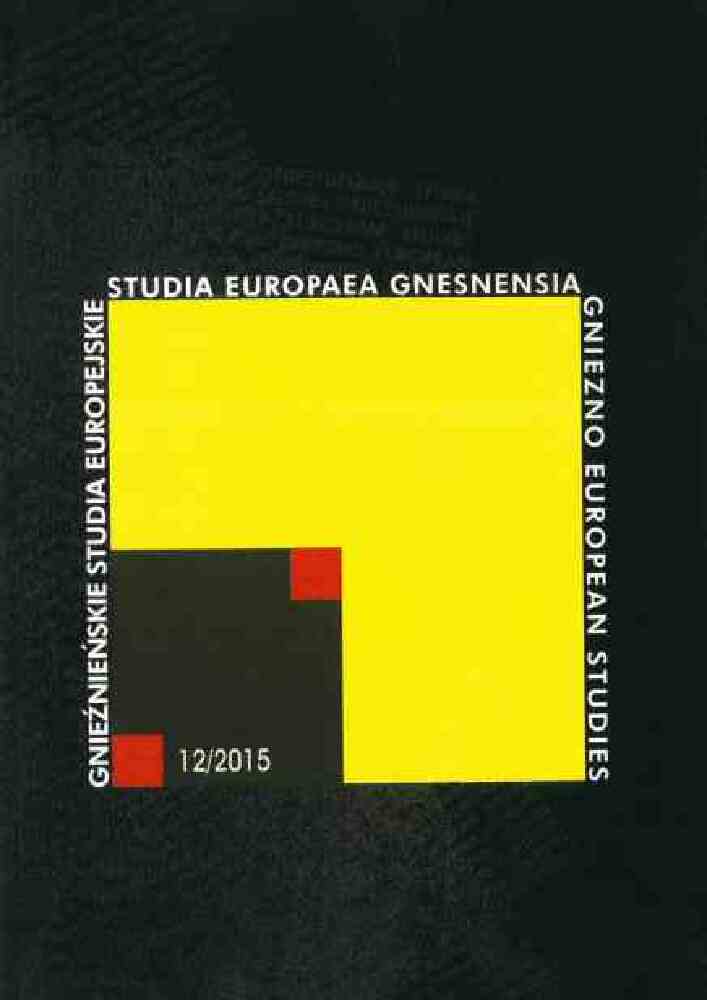Abstrakt
The aim of this paper is to analyse non-places and heterotopias in the films “Cześć Tereska!” (Poland, 2001, Robert Gliński) and “Lilja 4-ever” (Sweden, 2002, Lukas Moodysson). Drawing on the theories of French anthropologist Marc Augé and philosopher Michel Foucault, the author demonstrates that the lives of the protagonists revolve around the ghetto-like housing estates of apartment blocks and non-places of hypermodernity. At the same time, despite the surrounding bleakness and fatalism, the heroines manage to find “havens” which perform the functions of heterotopia, in the sense proposed by Michel Foucault. The significance of both places is ambivalent, which is demonstrated in the discussion.
Bibliografia
Attwood L., Gender and Housing in Soviet Russia, Manchester-New York 2010.
Augé M., Non-Places. Introduction to an Anthropology of Supermodernity, tłum. J. Howe, London-New York 2006 (wyd. oryg.: Non-Lieux, Introduction à une anthropologie de la surmodernité, Paris 1992).
Augé M., Nie-miejsca: wprowadzenie do antropologii hipernowoczesności, tłum. R. Chymkowski, Warszawa 2010.
Bizio K., Obraz wielorodzinnej architektury mieszkaniowej w polskim filmie fabularnym po 1945 roku, Przestrzeń i Forma 3, 2006, s. 43-52.
Björneblad P., Hon tvingades bli prostituerad – tog livet av sig, Aftonbladet, 23.03.2000 r. Le Corbusier, Vers une architecture, Paris 1924.
Dehaene M., De Cauter, L, Heterotopia and the City: Public Space in a Postcivil Society, New York 2008.
Foucault M., Inne przestrzenie, tłum. A. Rejniak-Majewska, Teksty Drugie 6, 2005, s. 117-125.
Mazierska E., Polish Postcommunist Cinema from Pavement Level, Oxford-New York 2007.
Mårtensson M., Här dog Lilja – i verkligheten, Aftonbladet, 26.08.2002 r.
Mårtensson M., Lukas Moodysson: “Jag läste att hon hoppat från en bro”, Aftonbladet, 26. 08.2002 r.
Pietrzak J., „Cześć, Tereska” Roberta Glińskiego, czyli defraudacja poetyki kina społecznego, [w:] A. Wiśniewska, P, Marecki, Kino polskie 1989 2009. Historia krytyczna, Warszawa 2010, s. 115-128.
Wojtowicz G., Specjalnie dla Stopklatki – Robert Gliński, reżyser filmu „Cześć, Tereska” [online]. Stopklatka.pl [dostęp: 2014-01-12]. Dostępny w Internecie: http://stopklatka.pl/-/6657040,specjalnie-dla-stopklatki-robert-glinski-rezyser-filmu-czesc-tereska-.
